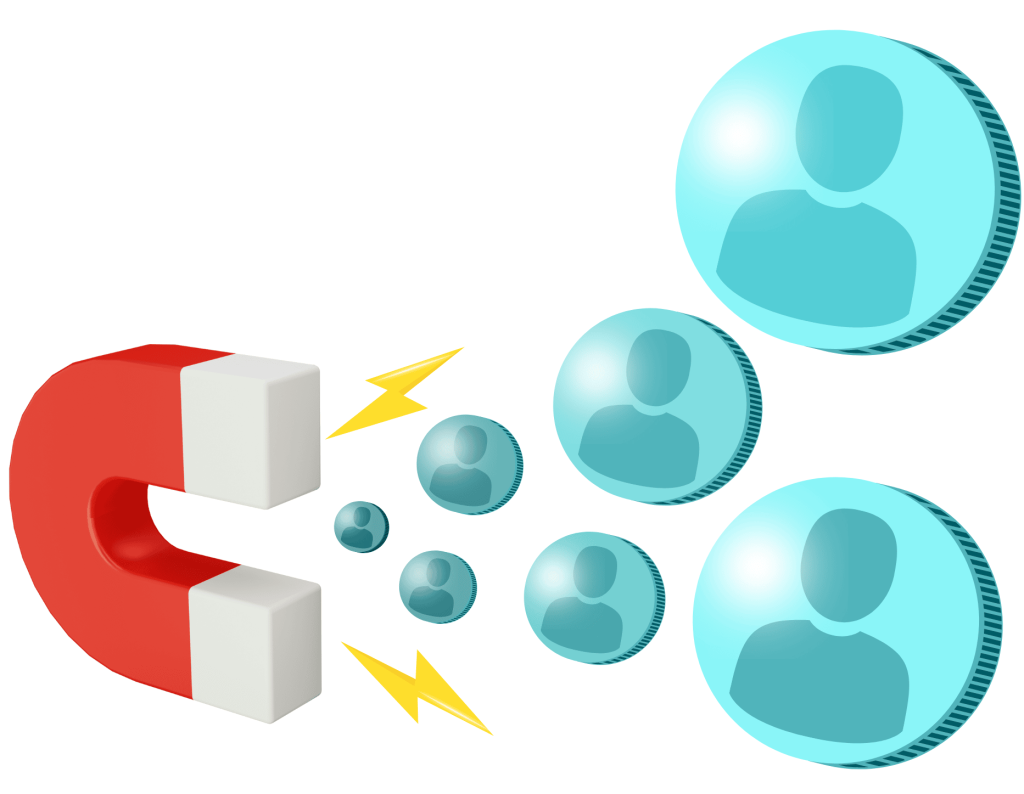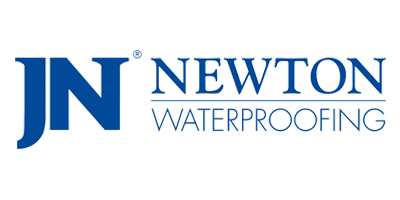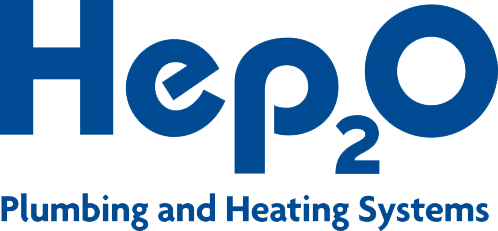Back
Lead Generation: Modern Strategies to Win More Business in 2025

Lead Generation: Modern Strategies to Win More Business in 2025
Lead generation remains one of the most effective ways to grow your business if it’s done properly. In 2025, attracting new customers is less about cold calls and more about digital intent, personalised experiences, and smart use of your data.
This guide outlines exactly how lead generation works today and how your business can use these tools to generate qualified enquiries and increase conversion rates.
What is Lead Generation in 2025?
Lead generation is the process of attracting interest from potential customers and converting them into sales-ready enquiries. In today’s market, the process starts before a visitor even lands on your site.
It’s about matching the right message with the right user, at the right time, using AI, behavioural data, and a smart content plan to drive intent-based action.
Understanding the Funnel: From Attention to Action
Effective lead generation aligns with the sales funnel:
- Top of Funnel (TOFU): Awareness-level content and ads that attract attention (e.g., SEO, paid social, explainer videos)
- Middle of Funnel (MOFU): Consideration-stage engagement (e.g., email nurture, webinars, product pages)
- Bottom of Funnel (BOFU): Sales conversion touchpoints (e.g., quote forms, demos, trials)
Every lead-gen campaign must map its activity to each stage. This is where content planning, platform strategy, and timing align.
The Role of AI and Intent Data
AI now plays a central role in lead generation. It can:
- Predict buying intent based on user behaviour
- Recommend tailored content based on audience segments
- Trigger automations and nurture workflows in real-time
- Score leads based on engagement and likelihood to convert
Intent data collected from search activity, website visits, downloads or comparisons helps you reach users when they’re actively considering your product or service.
Modern Strategies: PESO Framework
A balanced lead generation plan spans all four content types:
Paid
Ads that drive clicks and conversions: search ads, paid social, display retargeting.
Earned
Media coverage, PR features, backlinks and influencer mentions.
Shared
Engagement across platforms like LinkedIn, TikTok, Instagram, or trade forums.
Owned
Assets you control: blogs, landing pages, email campaigns, tools, calculators.
Using the PESO model ensures no single channel is over-relied on, and all efforts are strategically aligned.
Why Account-Based Marketing (ABM) Works
For B2B businesses, ABM is now standard practice. Rather than casting a wide net, ABM focuses on engaging specific, high-value accounts using targeted content, retargeting and personalised outreach.
Modern ABM uses CRM data, buying signals, and decision-maker journeys to create relevant, joined-up campaigns across all touchpoints.
Omnichannel Lead Nurture
It’s no longer enough to rely on email alone. Leads now need multiple, coordinated touchpoints across:
- Email marketing
- SMS and push notifications
- Social ads and DMs
- Live chat, WhatsApp, or chatbots
- Remarketing content
The best-performing campaigns map the journey and automate communication to move leads forward.
Content that Converts in 2025
Static posts are no longer enough. Interactive and multimedia content drives stronger engagement and better-qualified leads.
Effective formats now include:
- Short-form video (YouTube Shorts, TikTok, Instagram Reels)
- Explainer animations
- Webinars or live Q&A
- Calculators and comparison tools
- Lead magnets: checklists, guides, templates
If your content doesn’t offer value or interaction, it’s unlikely to convert.
Respecting Privacy and Data Transparency
With increasing concern over data use and the phase-out of third-party cookies, lead generation must now rely on:
- First-party data (your own lists, CRM, onsite behaviour)
- Transparent opt-ins and value exchanges (e.g., “Download this guide”)
- Consent-driven marketing automation
- Clear privacy policies and tracking disclosures
Trust builds conversions. Compliance protects your brand.
Measuring Success: Focus on Outcomes, Not Just Leads
Modern lead generation isn’t about raw volume; it’s about qualified results. You should be tracking:
- MQLs (Marketing Qualified Leads)
- SQLs (Sales Qualified Leads)
- Conversion rate by channel
- Cost per lead (CPL)
- Customer acquisition cost (CAC)
- ROI across the funnel
Use tools like Google Analytics 4, HubSpot, Zoho, or CRM-integrated dashboards to measure quality, not just quantity.
Lead Generation for Specific Industries
We’ve supported hundreds of clients in sectors including construction, home improvement, glazing, and building products. Each requires a tailored approach based on audience type, buying cycles, and channel preference.
For example:
- Installers and trades respond well to SMS and Facebook
- Architects favour email, events, and CPD content
- Consumers need visual demos, reviews, and social proof
There’s no one-size-fits-all. The right strategy depends on your product and audience.
Why Work With a Specialist Agency?
Planning and executing a lead generation campaign takes time, experience, and access to the right tools. Partnering with a specialist agency means:
- You get a joined-up strategy with SEO, PPC, email, content and social media working together
- You benefit from sector-specific knowledge
- You see faster, better-qualified results through smarter targeting
We don’t just generate leads. We generate business.
Talk to Us About Lead Generation That Delivers
If your current strategy isn’t bringing the results you want or you’re starting from scratch, we’ll help you map the journey, define the goals, and build a lead generation engine that works.
For more information, talk to one of our marketing specialists:
- Email us at grow@purplexmarketing.com
- Visit our contact page
- Call us on 01934 808 132
You might like to read
Explore additional posts on content strategy, WordPress optimisation, and marketing tactics.
This entry was posted in Lead Generation





